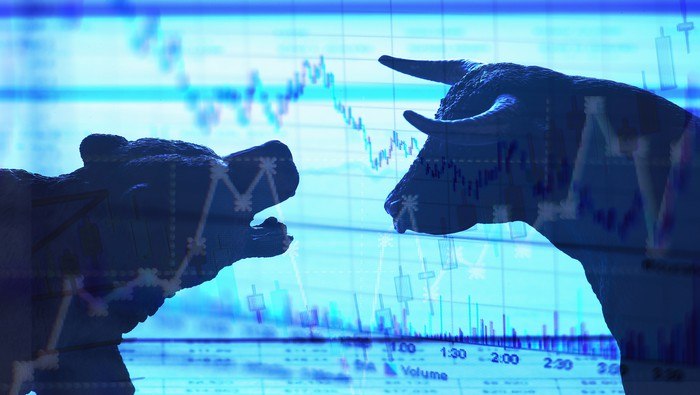This daily digest focuses on Yuan rates, major Chinese economic data, market sentiment, new developments in China’s foreign exchange policies, changes in financial market regulations, as well as market news typically available only in Chinese-language sources.
- Yuan’s overnight borrowing cost, HIBOR O/N, bounced up on Tuesday following a drop on Monday.
- Fixed assets investment and retail sales show weak momentum in Chinese manufacturing firms.
- Would you like to know more about trading? DailyFX webinars are a great place to start.
To receive reports from this analyst, sign up for Renee Mu’ distribution list.
Yuan Rates
The overnight Yuan’s funding cost in Hong Kong, HIBOR, rebounded to 3.5887% on Tuesday, after it dropped to 3.0000% on Monday from 3.1647% last Friday. Amid the elevated Yuan’s borrowing cost, the USD/CNH failed to break above a key resistance of 6.9088 (61.8% retracement of the January drop). Tomorrow, Fed will release the March rate decision, with a greater than 90% probability for a hike. More importantly, the Fed’s plan for future rate hikes may determine trends for Dollar pairs including the Dollar/Yuan.
Key Chinese Economic Indicators
China’s fixed assets investment expanded 8.9% in the first two months of 2017 on an annualized basis, beating both a forecast of 8.2% and the growth of 8.1% in January to December 2016. In specific, private investment in fixed assets grew at 6.7% in January to February, significantly higher than the accumulated rate of 3.2% in the previous month. We discussed that investment in fixed assets, especially private investment in fixed assets, are important indicators to evaluate the health of China’s economy.
China’s statistics bureau reports accumulated monthly growth rates for fixed assets investment, rather than the growth rate for a single month.
Despite of the faster expansion in January to February, the breakdown of private investment in fixed assets revealed some issues. Investment in oil, gas and mining industries increased +116.1% in the first two months, following a -6.0% contraction in the previous month. This is likely driven by the soaring energy prices, which have already sent Producer Price Index to an 8-year high. On the other hand, the average growth of investment in the manufacturing industry remained unchanged at 2.9%. This indicates manufacturing firms are still less interested to expand their business amid declining global demand and domestic production cuts; the overall condition for manufacturing firms have not yet improved.

Data downloaded from China’s statistics bureau; chart prepared by Renee Mu.
China’s retail sales rose 9.5% in January to February, below expectations. In specific, auto sales, which has been a major contributor to total sales, dropped -1.0% over this period. This hints declining domestic demand: Chinese consumers may have become more price-sensitive as income growth slows down. Falling sales coupled with rising energy and raw material costs will likely further dampen Chinese producers’ conditions and in turn, add difficulties for the country to achieve its annual growth target.
To receive reports from this analyst, sign up for Renee Mu’ distribution list.







